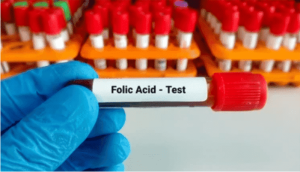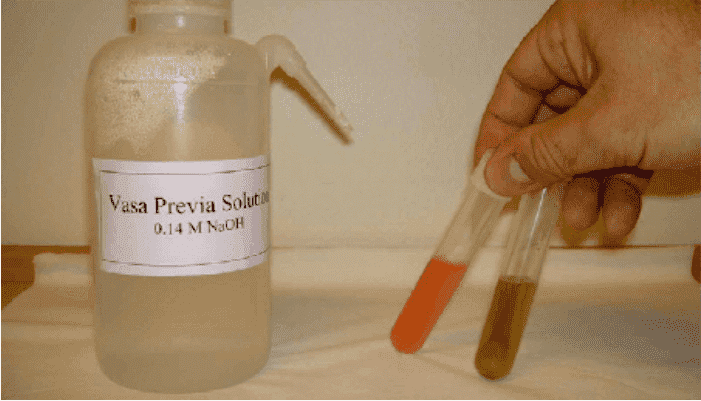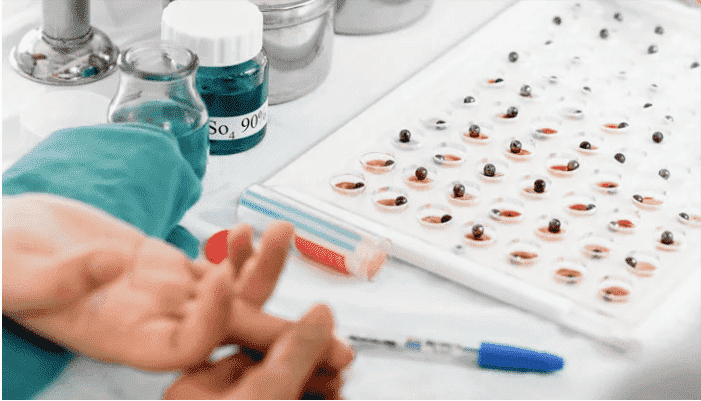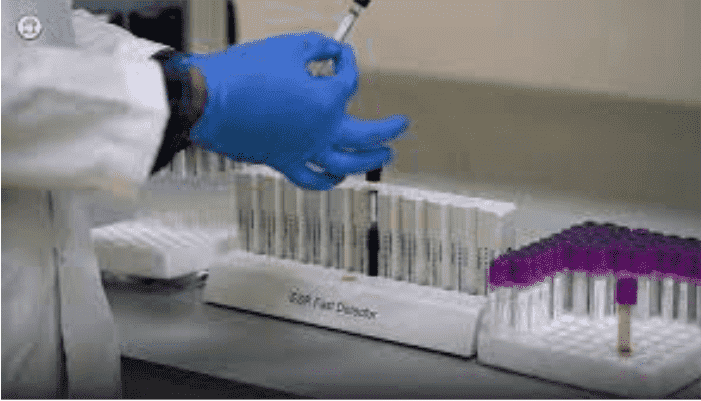RBC Folate Test: Detecting Folate Deficiency with Red Cell Accuracy

Folic Acid
Synonyms
RBC Folate, Red Cell Folate, Folic Acid
Patient Care & Preparation
- Avoid radioisotope scanning prior to specimen collection.
- Preferably use a fasting specimen for more reliable results.
Specimen
Erythrocytes (Red Blood Cells)
Container
- Lavender top (EDTA) tube — preferred
- Green top (heparin) tube — acceptable but may interfere with concurrent vitamin B12 testing
Sampling Time
Best collected after fasting for optimal accuracy.
Storage Instructions
- Store hemolysate or RBCs at 4°C or freeze until analysis.
Reference Range
125–600 ng/mL
Note: Levels <100 ng/mL are commonly associated with megaloblastic anemia due to folate deficiency.
Use
This test is used to detect chronic or tissue folate deficiency, especially in cases of:
- Megaloblastic anemia
- Malabsorption (e.g., celiac disease)
- Nutritional deficiencies
- Pregnancy (increased folate requirement)
Methodology
- Radioimmunoassay (RIA)
- Competitive protein binding assay
Additional Information
- RBC folate is a better long-term marker of folate stores than serum folate, which can fluctuate with recent food intake.
- Folic acid levels should be evaluated alongside vitamin B12 for a complete anemia workup.
- Folic acid deficiency may not always show hematologic symptoms, particularly in early or rapid-onset cases like pregnancy.
- RBC folate testing, when combined with D-xylose absorption test, has shown 100% negative predictive value for celiac disease in symptomatic patients.
References
- Chanarin I. “Megaloblastic Anaemia, Cobalamin, and Folate.” J Clin Pathol. 1987; 40:978-84.
- Davis RE, Nicol DJ. “Folic Acid.” Int J Biochem. 1988; 20:133-9.
- Jacobs, Demott, Finley, Horvat, Kasten JR, & Tilzer. Laboratory Test Handbook. Lexi-Comp Inc, 1994.


